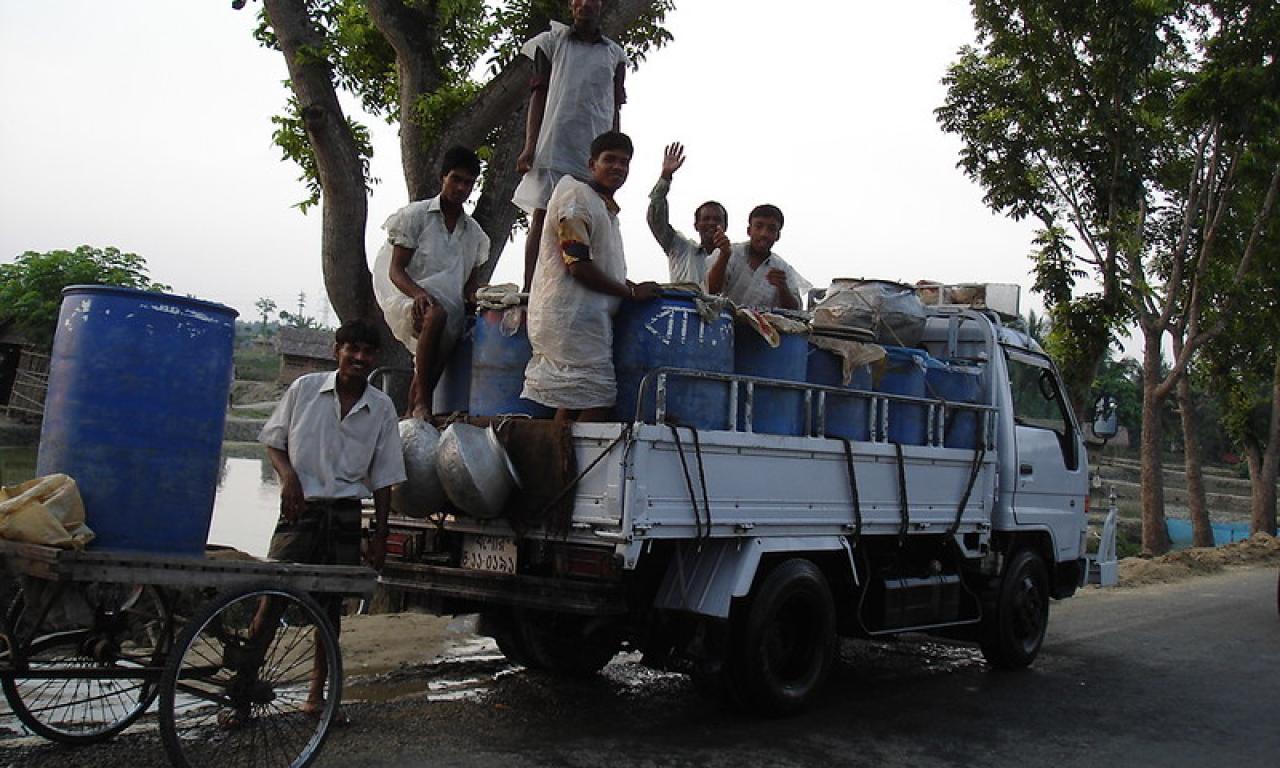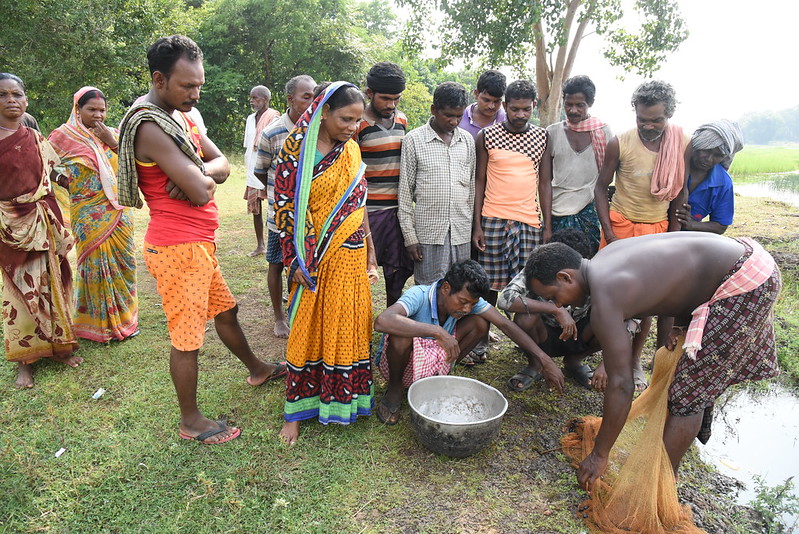
The nationwide lockdown, characterized by a very strict confinement period, ended on May 17th. Prime Minister Modi qualified the next stage as a “lockdown 4.0”, stating it would be focused on battling the disease in combination with a slow easing of measures. These could vary per state and number of cases. New challenges emerged as stranded migrant workers started making their way back to their home states. Many tested positive for COVID-19, sparking fears of a surge in imported cases. By mid-May, India had registered 90,615 confirmed cases and 2,871 deaths.
Worries of food insecurity continued to rise. While staple cereal production and stocks were forecast to be sufficient, the future availability and supply of fresh food including quality proteins was said to be more uncertain due to supply chain disruptions and perishability. Disruptions could have wide consequences as 92% of foods consumed in India are reported to be purchased through food supply chains. Simultaneously, India's unemployment rate soared from less than 7% in mid-march to 27% at the beginning of May. This figure is particularly troublesome as job security is closely associated with food and nutrition security. Doctors stated that informal migrant workers were particularly at risk as some of them were traveling to their homes by foot and only surviving on one meal of grains a day, lacking much needed sources of micronutrients. In addition, a study conducted on 5000 households in twelve different states found that 50% were eating fewer meals each day and 68% had reduced the number of items in their meals after the lockdown was instated. On the other hand, a chair professor for Agriculture at the Indian Council for Research on International Economic Relations (ICRIER) expressed that India had done a relatively good job at keeping its 1.37 billion population fed during the lockdown, avoiding large scale riots and price spikes.

In the midst of lockdown uncertainty, the state of Kerala ordered a large amount of legumes and other essentials to ensure sufficient food for its population for the next three months. Widening the diversity of food baskets procured was said to be important to prevent any hidden hunger in the shape of micro-nutrient deficiencies.
The spread of the pandemic also put a halt to health programs for pregnant women and children and school feeding projects where many pupils get their only nutritious meal of the day.
Impacts on fisheries and aquaculture: Thousands of migrant fishers working on large private boats were reportedly still stuck in harsh conditions during the second week of May. Reports of abandoned fish in Goa surfaced as local fishermen said they were unable to transport it and the wholesale market was closed. Fishers from Tamil Nadu also reported that the government had allowed them to fish during the lockdown but that many markets were closed. In Mumbai, several of the most popular fish markets were said to be completely shut down, leaving local fishers in dire need of alternative sources of income. In the Mira Bhayandar area, one fish selling point was allowed from 5 a.m. to 9 a.m. to help the local fishers preserve their livelihood.
In order to regulate the shrimp market, the state government of Andhra Pradesh set a maximum price of Rs 0.35 ($0.0046) for post-larvae shrimp from hatcheries. They expected farmers would be re-stocking in May and June and that shortages would occur in the coming months. The government also stated it would facilitate the movement of broodstock to hatcheries by issuing special quarantine storage import areas and allowing vehicles to circulate.
Responses and adaptations: In the fishing sector, a variety of mitigation strategies were put in place. In Tamil Nadu, social distancing norms were instated in landing centres and retailers were requested not to come there directly. Fishers were also instructed to go out fishing on alternate days. In Kerala, the Central Marine Fisheries Research Institute (CMFRI) launched an online GIS based database indicating the proximity of landing centres to COVID-19 hotspots. It was said this would be a useful tool for regulation and safety measures. In Mumbai, two unemployed workers turned to buying fish in bulk and delivering it as a way to earn a livelihood.
In Odisha and Assam, WorldFish supported the state governments to prepare guidelines for easing lockdown restrictions on fisheries sector. The guidelines covered social distancing in landing centers and fish markets, re-starting seafood processing plants, ice factories, net factories and net mending sheds, fish feed mills, fishing and aquaculture activities, and transportation of fish and fish products. WorldFish supported the state governments to prepare publicity materials including TV and radio spots, and newspaper advertisements promoting the message “Fish is safe and nutritious to consume during COVID-19”. WorldFish has also supported the Government of Odisha Fisheries and Animal Resources Development Department to prepare a financial support package for stakeholders in fisheries sector affected by the COVID-19 lockdown.
Several stimulus packages were announced by the Indian government to help re-boost the economy. On May 12th, Prime Minister Modi announced an Rs 20 lakh crore ($265 billion) financial package to deal with the coronavirus pandemic. The minister of finance later announced that $20 Billion would be devoted to agricultural sectors and fisheries. Specifically, over Rs 20,000 crore ($264 million) will be allocated to the fishery sector. Details of the scheme stated it will help fill in critical gaps in fish value chains, and develop sustainable marine and inland fisheries, as well as infrastructure such as cold chains and markets. This move was expected to provide future employment opportunities and increase exports. The Indian minister of finance also announced a stimulus package to help create affordable housing for the urban poor, provide Rs 1,500 crore ($198 million) to small businesses and extend credit for street vendors, farmers and middle class housing. The World Bank initiated a $1-billion program to support social security measures for migrant workers. The package was said to include free food assistance for 80 million migrant workers to alleviate their lack of safety nets.